Thanks to climate change, more and more people are doing away with thirsty lawns and replacing them with xeriscapes. Herbs can be a welcome addition to your xeriscape.
When choosing herbs for your xeriscape, look for plants with silver or hairy foliage. You can also choose herbs from dry areas such as the Mediterranean and the desert Southwest.
Artemisia – also known as wormwood and mugwort, it has been hybridized to be highly ornamental. Choose Silver Mound artemisia, Artemisia schmidtianaa,a short (10 – 14 inches) hardy plant (hardy to zone 4) that grows in low mounds as an attractive edging to your garden.
Bay – Bay Laurel Laurus nobilis is the source for the bay leaves that cooks love to add to their soups and stews. Although a tree, if grown in a container and pruned it will live happily as an accent in the garden or on a deck. It is only hardy through zone 8, so most of us will have to bring it indoors during the winter months.
Baptisia –Baptisia australis Used as a dye plant, baptisia has pea-like flowers when yield seeds in a pod and attractive foliage (4 – 5 feet high). You will need to provide supplemental watering during the first year of growth, but once it is established, its long tap root will find water deep below the soil-surface. This is a native plant that is hardy all the way to zone 3.
Cat Thyme – Teucrium marum a relative of germander, it is not a thyme. Cats find it attractive so you will have to protect it until it gets established. It grows in mounds like artemisia and makes a great border edging or short hedge. It is hardy to zone 5.
Catmint – Nepeta x faasseniia is a great alternative to catnip which is not drought tolerant. An easy care perennial (hardy to zone 4), it has beautiful flower spikes in early summer. A popular variety, “Walkers Low” (2 feet high), was Perennial Plant of the Year in 2007.
Costmary – Tanacetum balsamita Native to the Mediterrannean area, costmary is well suited to dry conditions. Hardy to zone 4, it grows to 3 to 4 feet in height so it should be planted in the back of your border. It needs full sun to flower, but the flowers are insignificant. Costmary is grown for its fragrant leaves which smell of balsam. Grown in partial shade, it will produce more and larger leaves.
Echinacea – Echinacea purpurea Purple coneflowers have a long blooming season from mid-summer to early fall. Like baptisia, it is a native plant with a long tap root that makes it drought tolerant. Make sure that you plant one of the native species. The new hybrids are beautiful, but not as drought tolerant. Hardy to zone 3, it grows to 3 feet high.
Fennel – Foeniculum vulgare A must in any cook’s garden. From seed to root, all parts of this herb are used in cooking. It is also found in butterfly gardens where it acts as a host plant for swallowtail butterflies. You will want to plant fennel in the background because it can reach 6 feet tall. Harvest the seeds before they fall into your garden or you will have hundreds of fennel seedlings next year. Its long tap root makes it drought tolerant and it is hardy to zone 5.
Germander – Teucrium spp If you have problems with deer or rabbits, you will welcome germander into your garden. It’s a small aromatic herb that is usually not on the menu for these common pests. In Elizabethan times, it was used in knot gardens and today it is still used for border edgings. Hardy to zone 5.
White Horehound – Marrubium vulgare Used for centuries as a treatment for coughs. It is a member of the mint family and therefore should be planted where it can spread without choking out your other plants. Grown mainly for its foliage, it attains a height of 1 to 3 feet. Hardy to zone 3.
Lavender – Lavandula spp The classic drought-tolerant herb from southern France. Its woody stems and gray foliage make it easy to identify as a good candidate for the xeriscaped landscape. Lavenders come in all sizes and several bloom colors. English lavenders are hardy to zone 5. The French and Spanish lavenders are only perennial through zone 8.
Lemon Balm – Melissa officinalis Another member of the mint family that spreads seemingly before your eyes. The fact that it makes a refreshing lemon tea makes it welcome in an isolated spot in your garden. It’s relatively short, 12 to 24 inches tall, and hardy to zone 5.
Sweet Marjoram – Origanum majorana a classic culinary herb, it is hardy to zone 7. The rest of us grow it as an annual. Its Mediterranean origins make it the perfect xeriscape plant. 1 to 2 feet high.
Mexican Oregano – Lippia graveolens When Mexican cooks talk about oregano, they are referring to their native plant which grows as a woody shrub that can reach a height of 6 feet. It’s not an oregano, but its leaves do smell and taste like oregano. It is only hardy to zone 9, so grow it in a container, keep it pruned to 4 feet and bring it in in the winter.
 Oregano – Origanum vulgare another classic culinary herb. Be sure to harvest the leaves before it blooms for the best flavor. Hardy to zone 5, it is found in almost every herb garden. It can grow up to 30 inches tall, but it is best to keep it pruned to 8 to 12 inches through regular harvesting of the leaves.
Oregano – Origanum vulgare another classic culinary herb. Be sure to harvest the leaves before it blooms for the best flavor. Hardy to zone 5, it is found in almost every herb garden. It can grow up to 30 inches tall, but it is best to keep it pruned to 8 to 12 inches through regular harvesting of the leaves.
Rosemary – Rosmarinus officinalis Widely used in Mediterranean cooking, rosemary is versatile enough in the garden to be used as an edging or for topiary. Hardy to zone 7, some varieties such as Arp (up to 5 feet high) and Hill Hardy (2 to 3 feet high) can survive winters in zone 6 with protection. It can easily be grown in a container and brought inside in colder areas.
Sage – Salvia officinalis one of the salvias, it has stalks of lovely purple flowers in the spring. It is also very easy to grow from seed. It comes in several varieties with purple, purple and white, and golden leaves. The classic flavor of Thanksgiving, it is a hardy to zone 5 and grows to 2 to 3 feet high.
Santolina – Santolina chamaecyparissus also known as lavender cotton. It grows in silvery mounds (2 feet high) similar to artemisia and has pretty yellow button flowers. The leaves are used dried as a moth repellant. The dried flowers are used in crafts. Traditionally it was used in knot gardens like germander, today it is used as an edging. It is only hardy to zone 6.
Thyme – Thymus vulgaris Probably the most versatile xeriscape herb. The upright varieties (1 feet high), which come in a number of flavors, are used in cooking. The prostrate or mat forming (4 inches high)varieties are used as groundcover or planted between paving stones in walkways. They are meant to be walked on and release the wonderful fragrance of thyme. Hardy to zone 4.
Yarrow – Achillea millefolium Another deep rooted native plant that is excellent in your xeriscape. The umbel shaped flowers attract beneficial insects and can be dried and used in crafts. Its feathery foliage provides a nice contrast to the gray furry and tiny leaves of the other drought tolerant plants in your landscape. Hardy to zone 3 and 1 to 3 feet high.
Lack of water doesn’t mean a less attractive landscape. Drought tolerant herbs add interest and usefulness to your landscape through scent, flavor, texture and color.

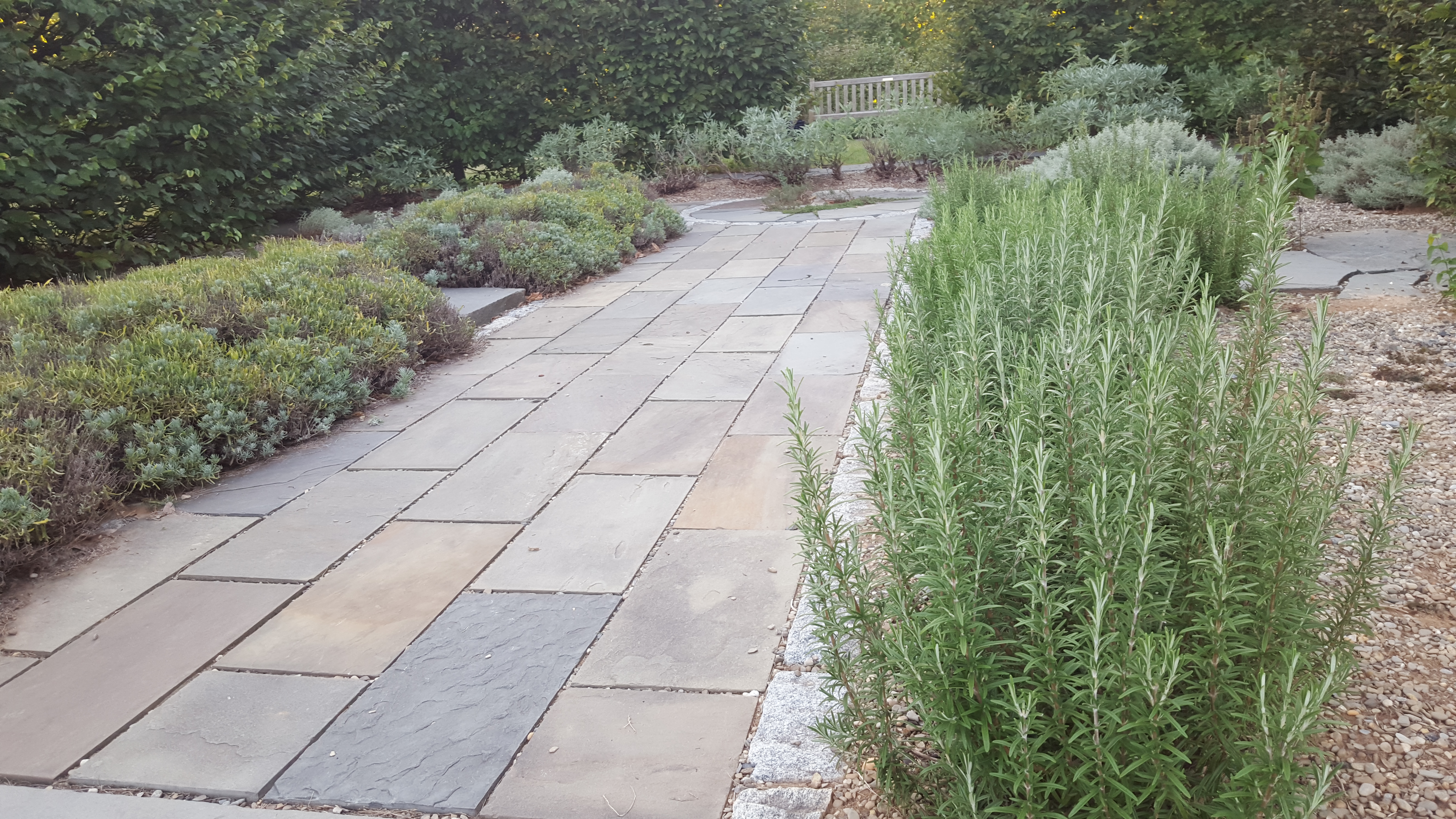
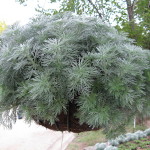
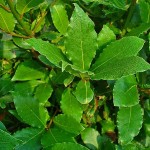



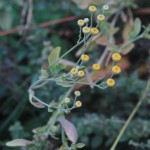

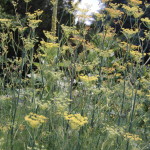

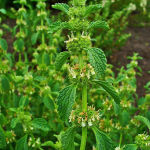
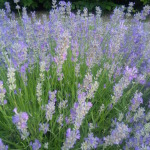
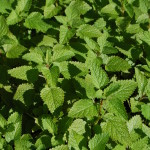

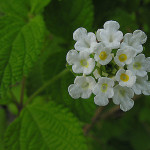
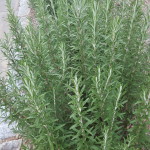
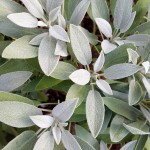


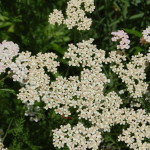
6 Comments on “Drought Tolerant Herbs”
Pingback: Replacing the Rosemary Hedge - Advice From The Herb Lady
Pingback: X: Xeriscape Herbs | Herb Thyme
Hi there, Great tips by the way and thank you. I did have a question though.
I’m hoping you can answer it for me since you seem to be pretty knowledgeable about gardening.
What are the best grow lights for indoor gardening? If you had some
insight I would greatly appreciate it.
Luckily you don’t need to spend a lot of money on fancy grow lights. Plain old flourescent lights work just fine. Many people use inexpensive shop lights that can be purchased at any big box store.
Hi there, Great tips by the way and thank you. I did have a question though.
I’m hoping you can answer it for me since you seem to be pretty
knowledgeable about gardening. Will a DIY vinegar herbicide affect
soil acidity? If you had some insight I would greatly appreciate it.
Using vinegar as an herbicide will not affect the acidity of the soil unless you use gallons of it and spread it over a wide area. Vinegar herbicides are customarily used as spot treatments rather than treating an entire garden.